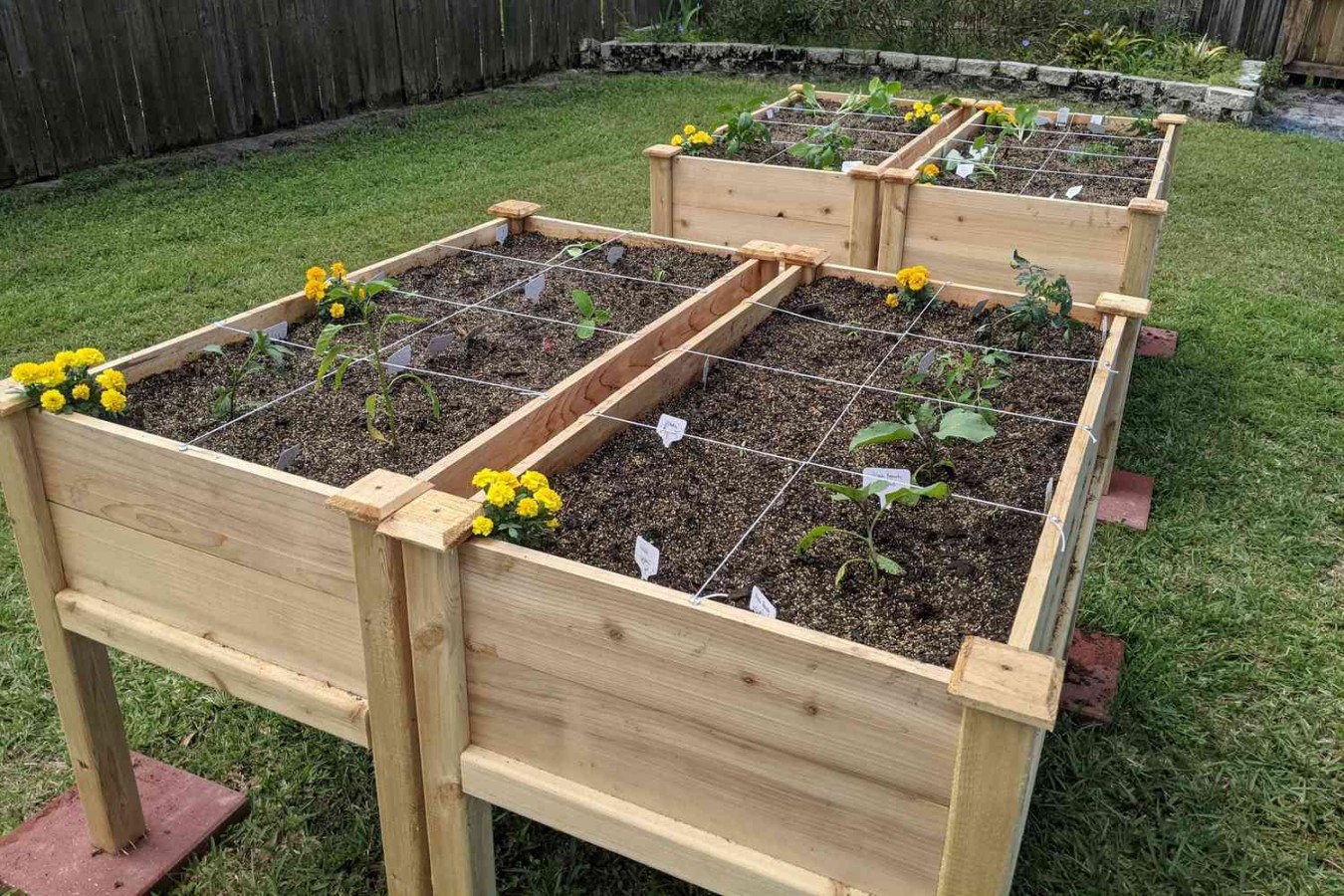Planting Raised Garden Beds
Raised garden beds offer numerous advantages for home gardeners. They provide better drainage, warmer soil, and easier access, making gardening more enjoyable and productive. This article will guide you through the process of planting raised garden beds, from selecting the right location to harvesting your crops.
The first step in creating a raised garden bed is selecting an ideal location. Choose a spot that receives at least six hours of sunlight daily. Avoid areas prone to flooding or with heavy shade. Consider the proximity to a water source for easy irrigation.
Once you’ve chosen the location, prepare the bed. Fill the bed with a high-quality potting mix or a blend of compost, topsoil, and organic matter. The ideal depth for most vegetables is 12-18 inches. Ensure the soil is well-draining by adding compost or perlite if necessary.
Before planting, create a garden plan. Consider the sunlight requirements of your chosen plants and the spacing between them. A well-planned garden maximizes space and ensures optimal growth.
When planting, follow the specific instructions on seed packets or plant labels. Plant seeds at the recommended depth and spacing. For seedlings, transplant them gently, ensuring they are firmly rooted. Water the newly planted bed thoroughly.
Regular watering is crucial, especially during dry periods. Water deeply and less frequently to encourage deep root growth. Avoid overwatering, as it can lead to root rot.
Fertilize your plants with a balanced organic fertilizer to provide essential nutrients. Follow the fertilizer instructions carefully, as excessive fertilization can harm your plants.
Applying a layer of mulch around your plants helps retain moisture, suppress weeds, and regulate soil temperature. Organic mulches like straw, wood chips, or compost are excellent choices.
Monitor your garden regularly for pests and diseases. Early detection and timely intervention can prevent significant damage. Use organic pest control methods like insecticidal soap or neem oil to minimize harm to beneficial insects.
Harvest your crops at the peak of ripeness. Use clean tools to avoid spreading diseases. Enjoy the fruits of your labor and savor the fresh, homegrown produce.
Planting raised garden beds is a rewarding experience that allows you to grow a variety of vegetables, herbs, and flowers. By following these guidelines, you can create a thriving garden that provides fresh, healthy food for your family.

